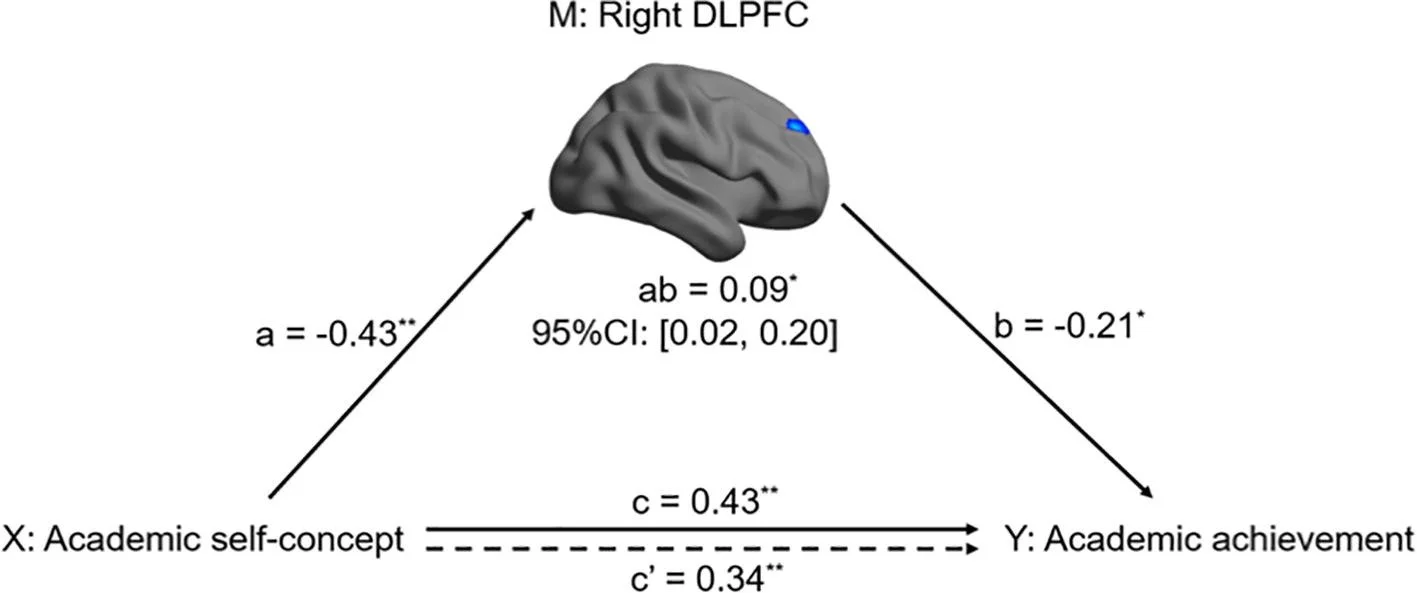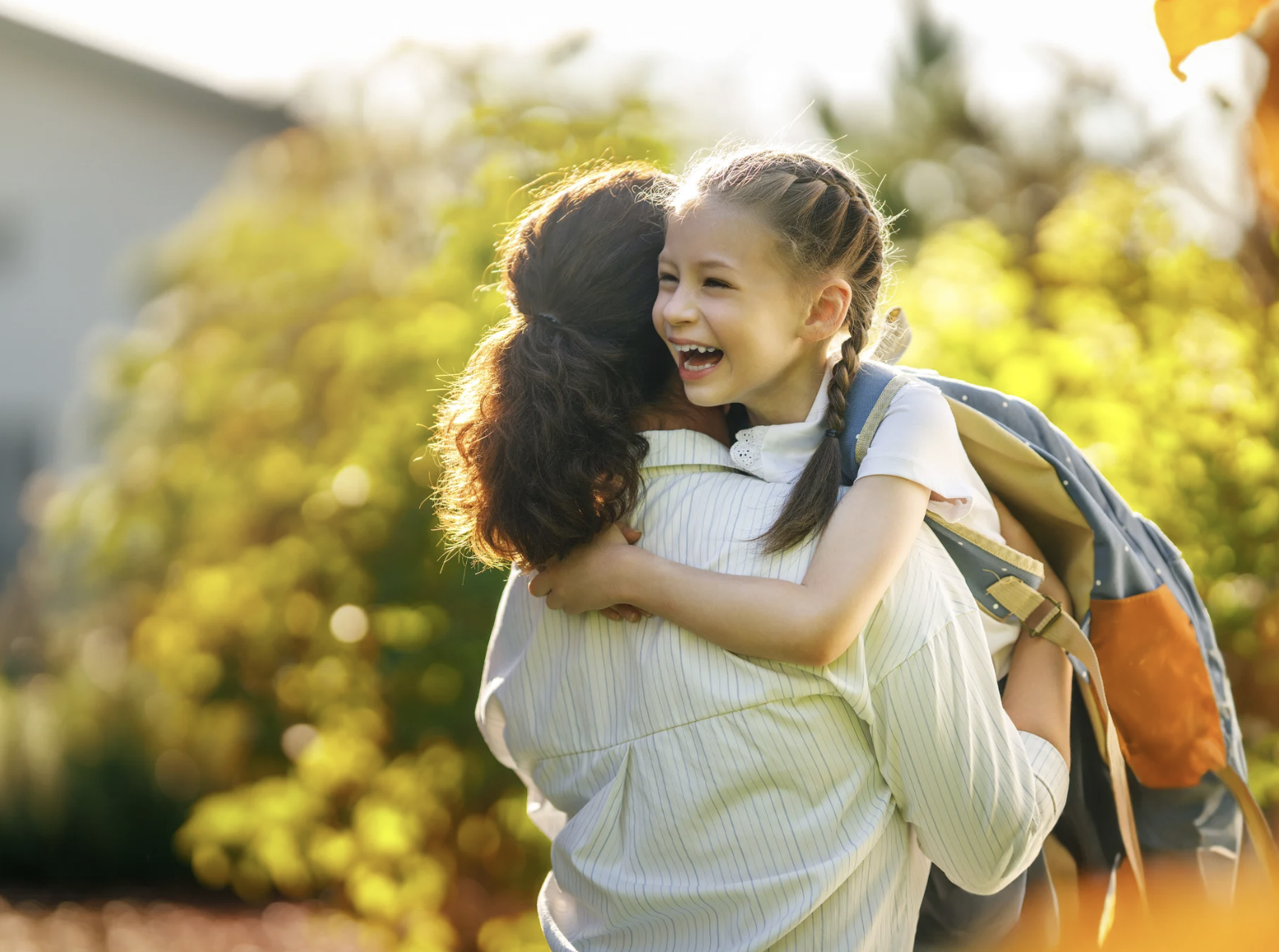Our mission is to build confidence and unlock the potential in children with dyslexia through comprehensive, tangible resources.
Our mission is to build confidence and unlock the potential in children with dyslexia through comprehensive, tangible resources.

Why Coloring Confidence
Why Coloring Confidence
Children with dyslexia require more than just academic support.
Why Academic Support Alone Is Not Enough
-
Dyslexia is neurobiological. That means it impacts how the brain processes information, not just letters and words. While phonics-based instruction is important, it doesn’t address how dyslexic brains organize, interpret, and respond to the world. This difference can affect confidence, mental health, problem-solving, and how children see themselves in school and beyond. Children need learning experiences that reflect both their challenges and their unique strengths.
At Coloring Confidence, we go beyond reading skills. We nurture the whole child, helping them build resilience, confidence, and a strong sense of self, alongside academic growth.
-
Research shows that confidence and self-belief are key to academic resilience. Low confidence and negative self-beliefs can quietly block progress. When children believe they are not smart or capable, they’re less likely to try, persist, or trust that learning will work for them. Even the best academic support cannot succeed if a child has already given up on themselves.
Coloring Confidence is meant to work alongside academic programs such as the Orton–Gillingham method. While Orton–Gillingham provides the structured literacy skills children need, Coloring Confidence builds the self-belief, resilience, and emotional support that allow those skills to truly flourish.
-
Children with dyslexia are more likely to develop fixed mindsets, believing their intelligence is limited and unchangeable. This leads them to avoid challenges, give up quickly, and internalize failure. But studies show that teaching a growth mindset, the belief that abilities can improve with effort, helps students persist, take academic risks, and build resilience. For dyslexic learners, this shift is life-changing.
At Coloring Confidence, we weave growth mindset practices directly into our approach. By pairing this mindset training with academic support, we help dyslexic learners rebuild their confidence, embrace challenges, and discover that they are capable of far more than they once believed.
-
The numbers say it all:
According to the National Center for Learning Disabilities, students with learning disabilities, including dyslexia, drop out at nearly three times the national average.
Research from the Department of Justice and state-level studies estimates that up to 50% of incarcerated individuals in the U.S. have dyslexia or another undiagnosed language-based learning disability. Most were never supported in school. Their struggles often led to behavioral issues, disengagement, and involvement with the justice system.
A 2022 study in Frontiers in Psychology found that children with dyslexia are at higher risk of depression, anxiety, and suicidal ideation, especially when emotional needs go unmet. Repeated academic failure and lack of identity support can lead to deep, internalized shame and long-term mental health consequences if not addressed.
Coloring Confidence exists to change this trajectory. By addressing the emotional toll of dyslexia alongside academic growth, we help children build confidence, resilience, and a strong sense of identity, so they are not defined by statistics, but by their strengths and potential.
It’s Not Just Strategy, It’s a Science
At Coloring Confidence, our curriculum isn’t based on guesswork or trends. It’s built on research from neuroscience, psychology, and education, designed to support how dyslexic brains work in children:
After 8 weeks of mindfulness, young people’s brains showed improvements in focus, planning, and staying calm. Four key brain regions linked to these skills showed longer activation:
• Frontolimbic: manages emotions and helps stay calm under stress
• Dorsolateral prefrontal: supports attention, planning, and problem-solving
• Amygdala-hippocampus: processes emotions and stores memories
• Visual system: boosts awareness of important sights and information(Siffredi et al., 2025)
When kids believe in themselves, it doesn’t just change their attitude; it changes their brains.
A study of 9-year-olds found that children with stronger self-confidence had more gray matter in brain regions responsible for learning, planning, and focus.
Gray matter is the part of the brain that processes information and supports thinking skills. A year later, those same children were also doing better in school.
(Wu et al., 2023, Neural Correlates of Academic Self-Concept)
And that’s just the beginning! There is so much more research behind what we do:
You Have the Power to Transform Struggles Into Strengths!
Serene Scholars is an all-in-one monthly program for dyslexic children and the adults who support them. It gives you everything you need to build your child’s learning skills, confidence, and emotional well-being, all in one easy-to-use and trusted place.



